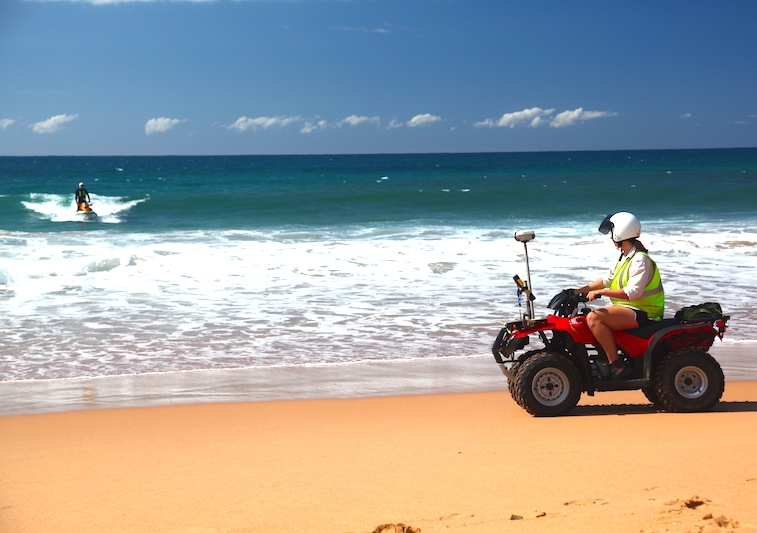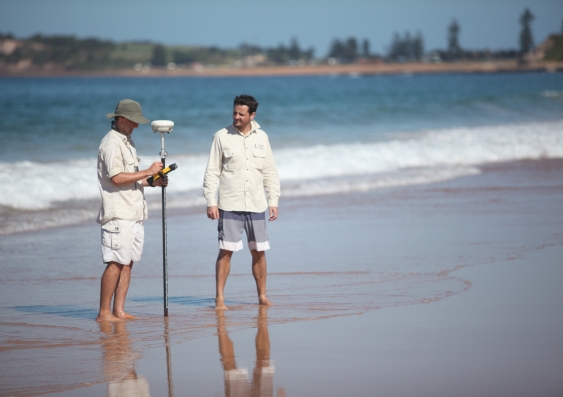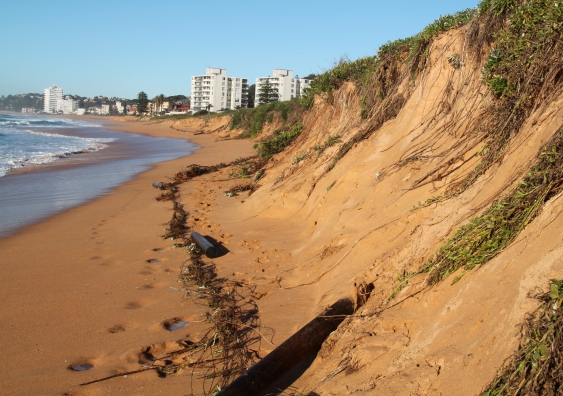Australia ‘working blind’ on beach and coastal erosion
One of the world’s longest-running beach erosion research programs is calling for the creation of a National Coastline Observatory, saying Australian governments are 'working blind' on the impacts of climate change on our coast.



